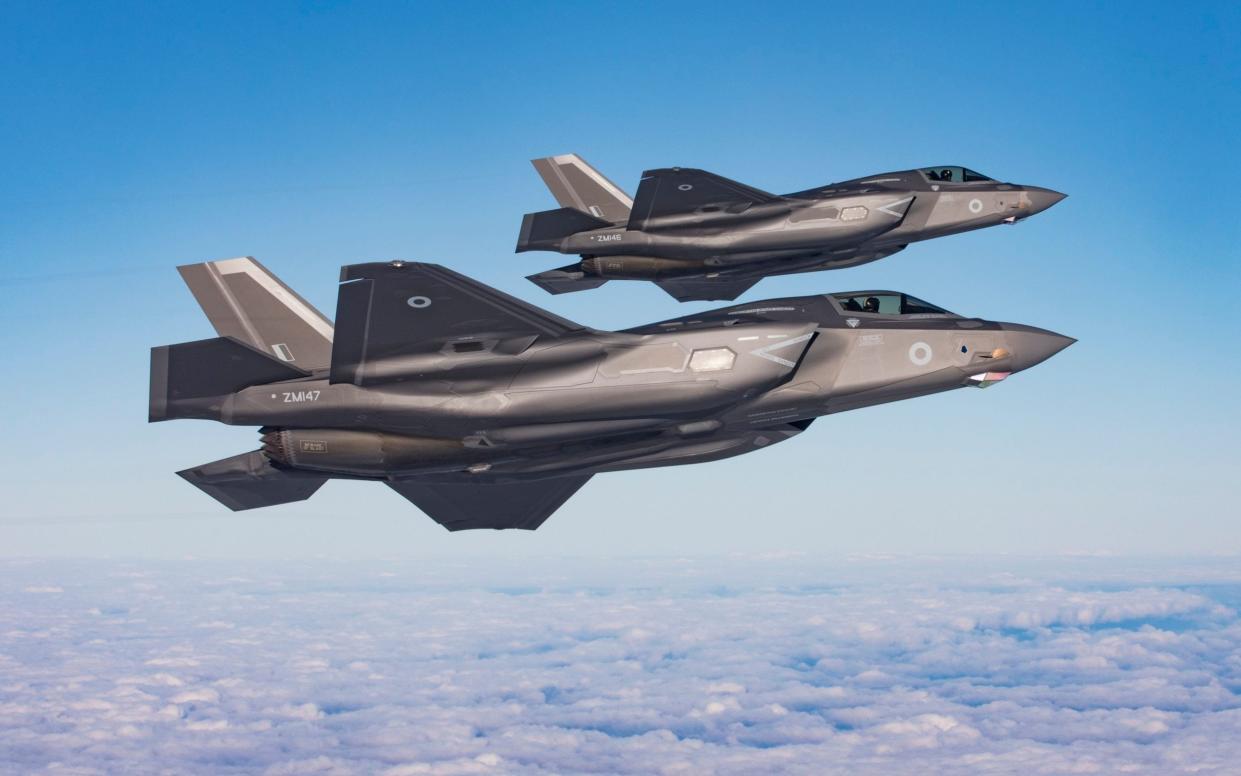‘Trillion dollar trainwreck’: US super stealth fighter is eating the next generation

All of a sudden, the US Air Force is considering cancelling a multibillion-dollar effort to develop a new stealth fighter. Citing the high cost of the so-called “Next-Generation Air Dominance” programme and the competing demands of other projects, USAF leaders have warned they may have no choice but to cancel NGAD – and find other ways of winning control of the air in future wars.
It’s a startling development for advocates of American air power. For generations, the whole US military – not to mention the militaries of America’s closest allies – have depended on the US Air Force to achieve air superiority against even the most determined and sophisticated foe, affording freedom of action for troops on the ground and ships at sea.
For generations, the US Air Force has gained control of the air by fighting for it, jet to jet, with the world’s best air-to-air fighters – and highly-trained pilots. Late in the Cold War and into the 2000s, the Boeing F-15C Eagle fighter was the world’s top fighter. Later, the Lockheed Martin F-22 Raptor assumed this position.
The last few dozen F-15Cs are finally retiring after five decades of service. The 180 or so F-22s are pushing 20 years old – and won’t last forever. The US Air Force has already asked the US Congress for permission to retire the three dozen least-capable F-22s in order to free up a billion dollars for other priorities – a request lawmakers have denied, for now.
As recently as a year ago, the disappearance of the last few “fourth-generation” F-15Cs and the “fifth-generation” F-22s’ advancing age weren’t crises. The US Air Force had been working for years, mostly in secret, to develop a new “sixth-generation” fighter under the auspices of the NGAD program. The new piloted warplane would combine high speed, long range and radar-evading stealth – and would carry a new generation of powerful missiles while also flying and fighting in formation with AI-controlled drones.
The plan, as of this spring, was for the US Air Force to acquire 200 of the new jets starting in the 2030s. That plan is now falling apart.

The first hint of trouble came on June 13, when USAF Chief of Staff Gen. David Allvin suggested service leaders might recommend reconfiguring, delaying or even canceling the NGAD program as part of the US government’s budget for 2026. While lawmakers have yet to finalize the 2025 budget, military leaders are already writing their proposals for the following year.
It’s in 2026 that Allvin said he expects the US Air Force will have to make some hard choices to stick to its usual $200-billion budget. Inflation cut into the service’s purchasing power starting a couple of years ago. And Republican lawmakers who gained control of the US House of Representatives in the 2022 election have been fighting for across-the-board cuts to federal spending. Those and other fiscal forces are creating budgetary headwinds at precisely the same time several major USAF programs are demanding more and more money.
Those programs include a $200-billion effort to build at least 100 new Northrop Grumman B-21 Raider stealth bombers. Production of new tankers, radar early-warning planes, rescue helicopters is also ramping up. But the big problem isn’t these planes – it’s the Lockheed Martin F-35 Lightning II multi-role stealth fighter.
The US Air Force developed the F-35 in the late 1990s and early 2000s as an affordable replacement for the service’s thousands of older F-16 fighters and A-10 attack jets. The plan, all along, has been the US Air Force to buy more than 1,700 F-35s. The F-35 is classified as fifth-generation like the Raptor: it should be more capable than all but a handful of today’s Chinese and Russian aircraft.
But deliveries of the $80-million F-35s to USAF squadrons stalled last year as the US Air Force and Lockheed Martin struggled to complete testing of the type’s latest software. Today there are scores of complete USAF F-35s sitting in storage, awaiting software. That’s billions of dollars worth of fighters that aren’t even available to front-line squadrons.
The cost and timeline for testing the software, installing it and finally delivering those stored keep extending. And while deliveries may resume this summer, it could take another year for Lockheed to hand over the last stored jet.
It’s not for no reason that aviation expert Bill Sweetman refers to the F-35 as a “trillion-dollar trainwreck.” The fighter is eating the US Air Force’s budget – and forcing the service to rethink its next fighter.
It’s still possible the US Air Force proceeds as planned with the NGAD program – or the US Congress forces it to. If the new fighter project falls apart, USAF leaders could piece together other systems into a kind of replacement. F-35s and new F-15EXs could fight for control of the air alongside aging F-22s as new generations of high-performance drones enter service – and prove whether they can shoulder the air-superiority burden.
But that’s risky. Since the advent of air power more than a century ago, manned fighters have controlled the air. It’s safe to assume they’ll continue to control the air. If the US Air Force can’t find a way to develop and field state-of-the-art fighters, it might discover it no longer dominates.
And that could mean some other force dominates, instead. The Chinese air force, for instance.

 Yahoo News
Yahoo News 
